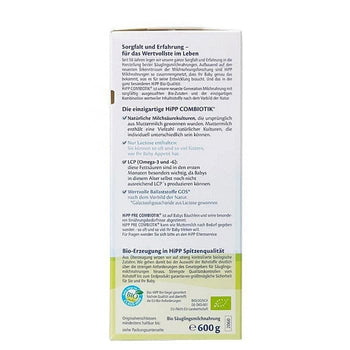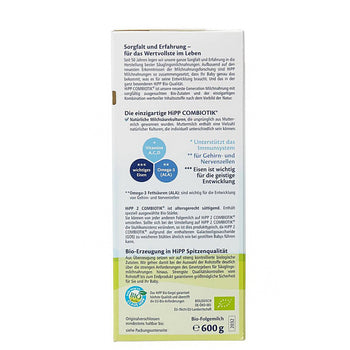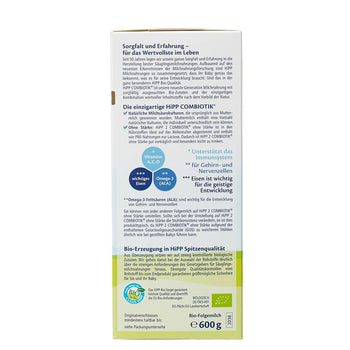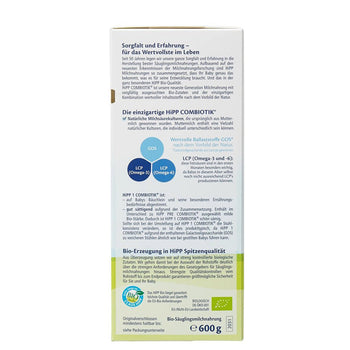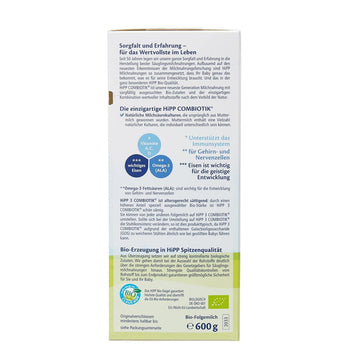Sarah gazed lovingly at her 6-month-old daughter, Emma, as she nursed her for what might be one of the last times. Mixed emotions swirled through her mind – a touch of sadness at the end of their breastfeeding journey but also excitement for the new chapter ahead. Like many mothers, Sarah was about to embark on the transition from breastfeeding to formula feeding. While this process can seem daunting, with the right approach, it can be a positive experience for both parent and child.
Making the switch from breast milk to formula is a personal decision that is influenced by a variety of factors, including work obligations, health issues, or just plain personal preference. According to the Centers for Disease Control and Prevention (CDC), while 84.1% of infants start out breastfeeding, only 58.3% are still breastfeeding at 6 months. This statistic highlights that many parents face this transition at some point in their child's first year.
What many organisations don't discuss is that this transition isn't just physical; it's emotional too. It's normal to feel a range of emotions, from guilt to relief. Remember, feeding is best, and what works for your family is the right choice.
So, how can you make this transition as smooth as possible? Here are some suggestions:
-
Gradual Transition: Start by replacing one breastfeeding session with a bottle of formula. This allows your baby to adjust slowly and helps prevent engorgement for the mother.
-
Choose the Right Formula: Look for a formula that closely mimics breast milk. For instance, EuromallUSA offers Hipp formula, known for its nutritional benefits, that can complement or replace breast milk effectively. Hipp formula contains essential nutrients like DHA for brain development and prebiotics for digestive health.
-
Introduce Formula at the Right Time: Babies are often more accepting of new tastes when they're not overly hungry or tired. Try offering formula in the middle of the day when your baby is alert and content.
-
Experiment with Temperature: Some babies prefer warm formula, while others are fine with room temperature. Try different temperatures to see what your baby prefers.
-
Maintain Skin-to-Skin Contact: Just because you're bottle-feeding doesn't mean you can't maintain the closeness of breastfeeding. Hold your baby close and make eye contact during feedings.
- Be Patient: Some babies adapt quickly, while others may take weeks. Be patient and consistent in your approach.
One aspect often overlooked is the impact on the mother's body. As you reduce breastfeeding, your milk supply will gradually decrease. This process, called weaning, can sometimes cause hormonal fluctuations, leading to mood swings. If you experience prolonged feelings of sadness or anxiety, don't hesitate to reach out to your healthcare provider.
When it comes to choosing the right formula, it's essential to consider your baby's specific needs. Hipp formula, available through EuromallUSA, offers different stages to match your baby's age and nutritional requirements. Always consult with your pediatrician before making a switch.
In conclusion, transitioning from breastfeeding to formula feeding is a journey unique to each parent-child duo. It's a process that requires patience, understanding, and sometimes a bit of trial and error. Remember, there's no one-size-fits-all approach. The most important thing is that your baby is well-fed, healthy, and happy. As you embark on this new phase, keep in mind that you're not alone – many parents have walked this path before. So, are you ready to start your transition journey?















